Importance of painting
01
Necessity of painting work
One of the reasons why you need to repaint the exterior walls is ``look'', but there is another really important reason.
That is to ``protect the building.''
If you don't take care of your house, it will definitely get damaged. Roofs and exterior walls in particular are exposed to harsh environments such as strong sunlight, rainwater, typhoons, and snow, so they can become more susceptible to damage.
Paint is like a barrier that surrounds the entire house, protecting it from the harsh environment.
If the exterior walls are not repainted, the lifespan of the house will be shortened. Repaint your precious home to keep it healthy and last for a long time. Today, the exterior walls of most homes are made of mortar or siding. They look sturdy, but because they are painted, they are water resistant and sturdy. If it is not coated, it will quickly weaken and break when exposed to rainwater.
Painting is applied to prevent this. Recently, the performance of paint has improved, and it is said that it is time to repaint approximately every 10 to 13 years.
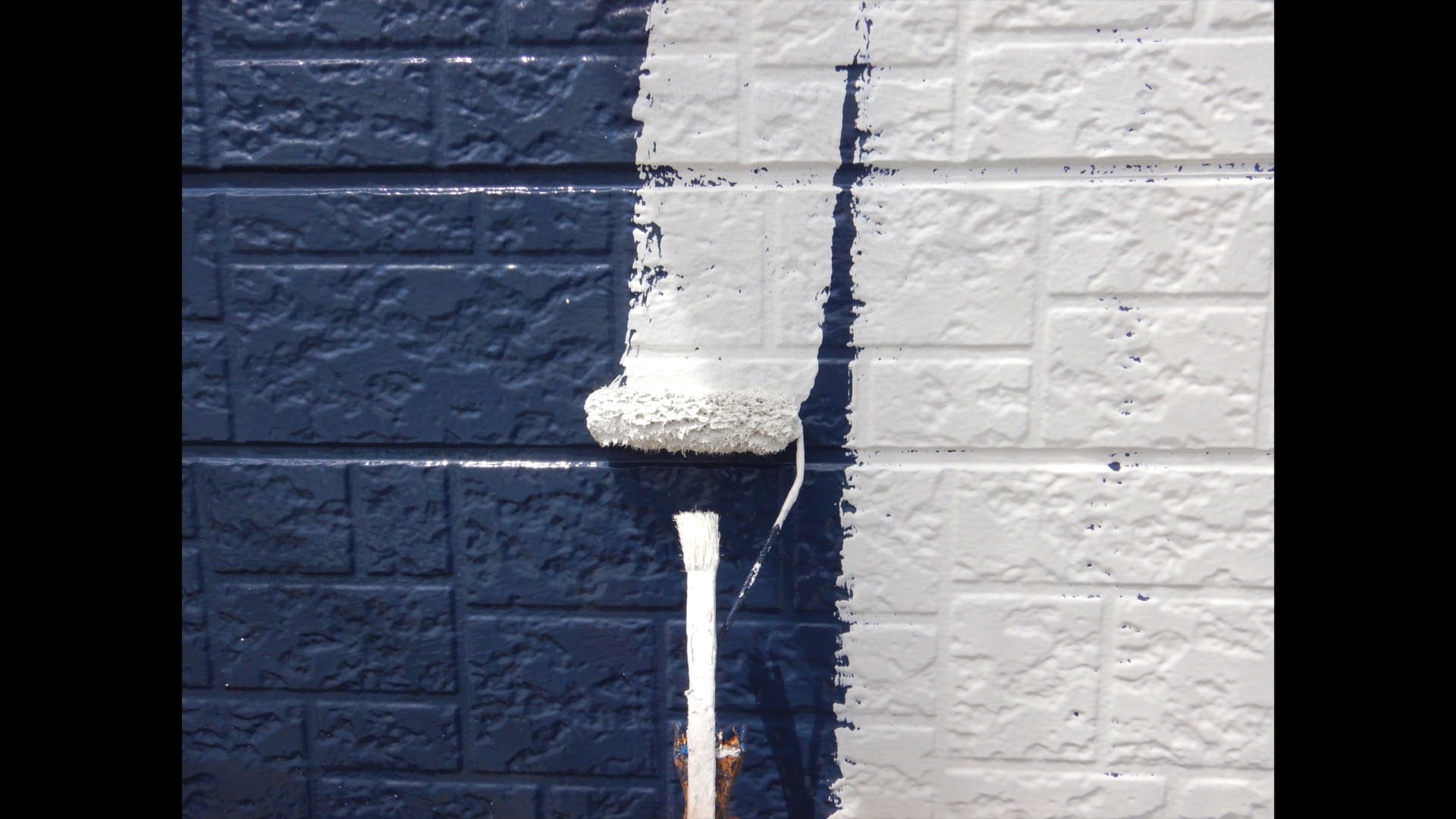
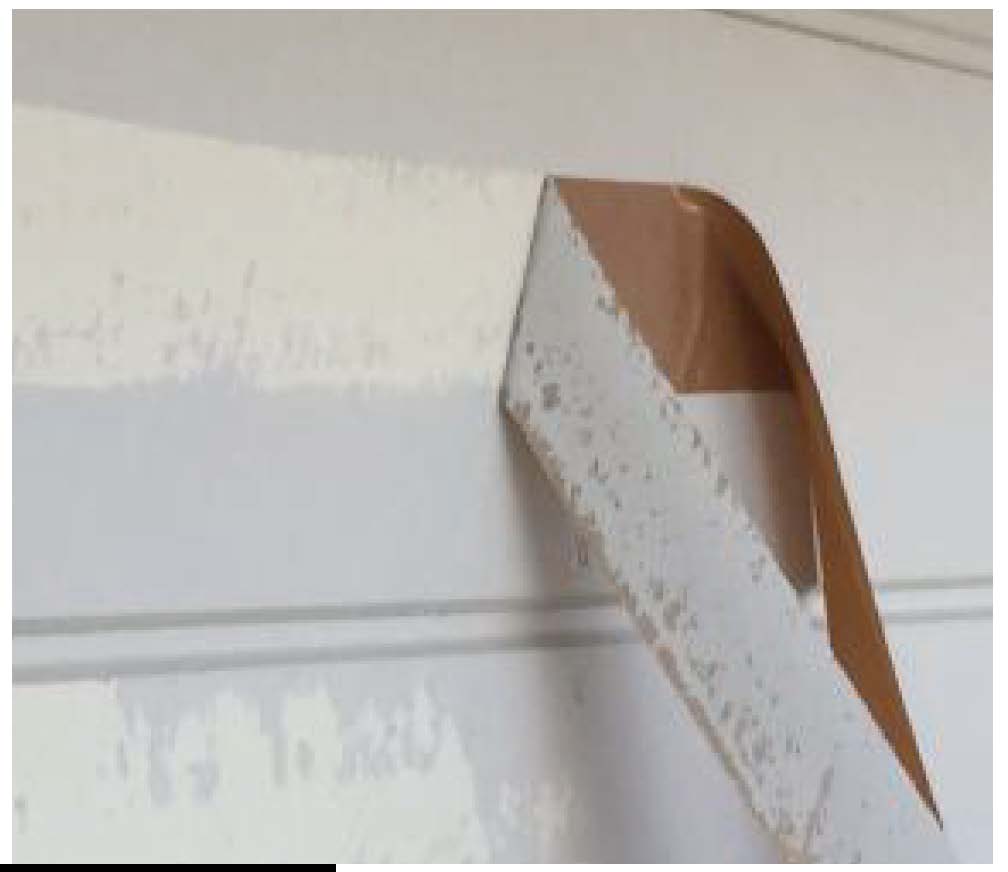
Paint that can be easily removed with tape cannot protect the base.
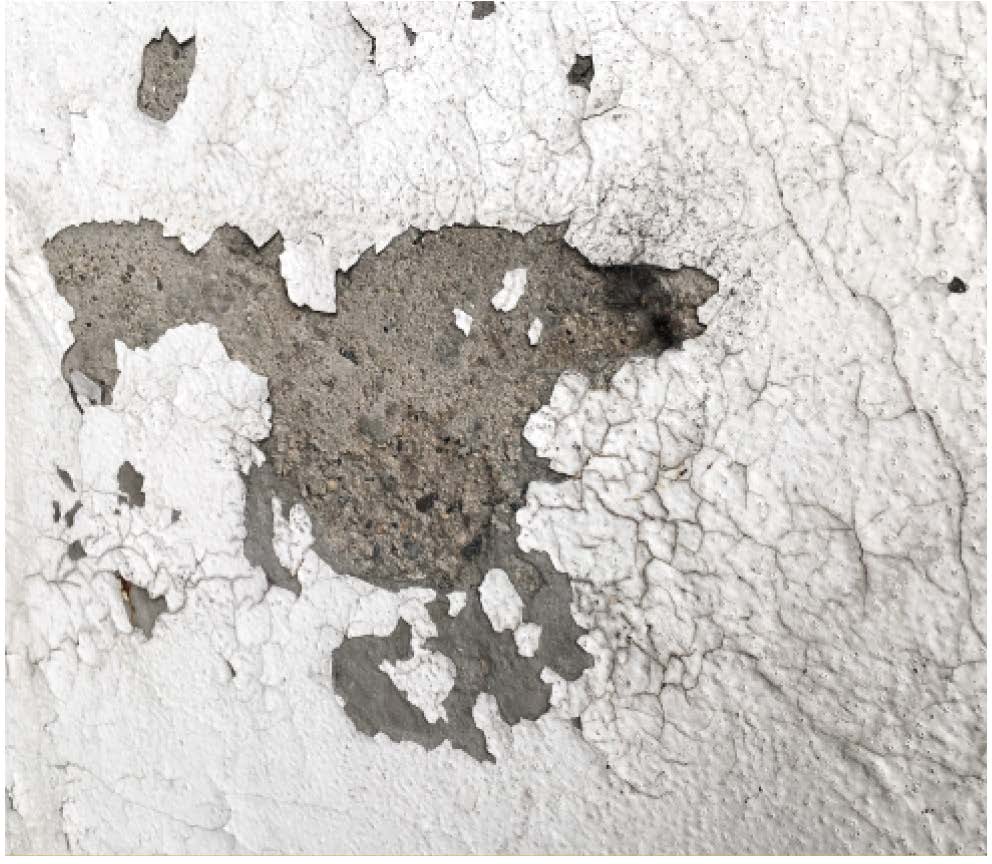
The paint film deteriorates and the underlying mortar is exposed.
02
Deterioration of paint film
If the paint film is not permanently damaged, there is no need to repaint it, but unfortunately the paint film gradually deteriorates over time. (Deterioration over time) If left untreated, the paint film will weaken and may tear or peel off. Additionally, if the paint film deteriorates and loses its protective properties, the mortar and exterior materials will come into direct contact with rainwater, making maintenance difficult.
03
Deterioration of caulking
Replacing exterior walls at the appropriate time before leaks occur is the key to protecting a building's asset value and minimizing maintenance costs.
Roofs and exterior walls that have not been maintained can show a variety of symptoms other than cracks. If the exterior wall is made of siding, the joints of the siding are filled with a rubber-like elastic material called caulk, but over time it hardens and shrinks, causing gaps to form. .
This is called ``caulking deterioration,'' and rainwater can also enter through these gaps.
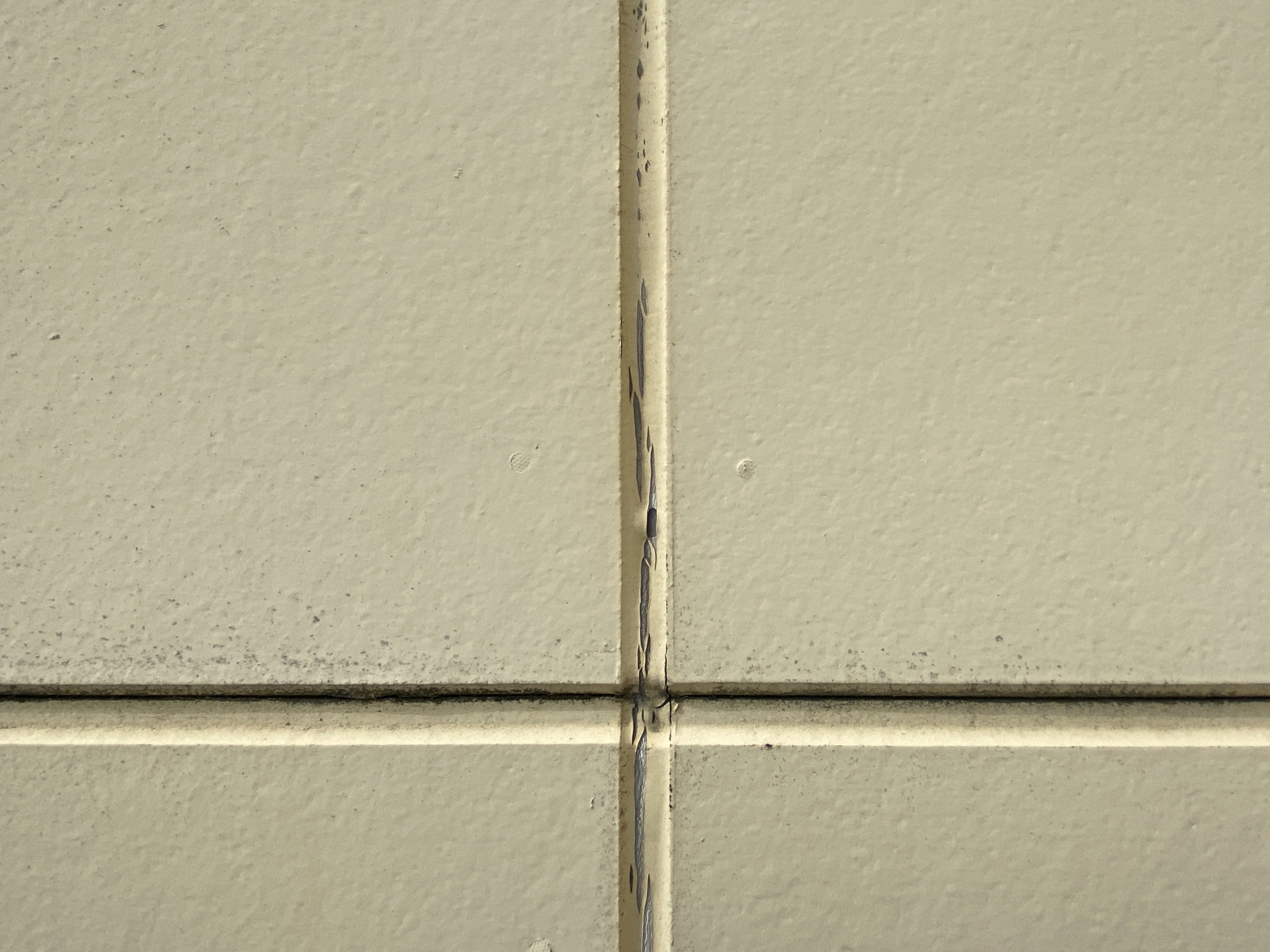
The caulking has deteriorated and cracked.
04
Crack
There may be small hair-sized cracks called ``hair cracks'' on the exterior walls. A crack in an exterior wall is called a ``crack,'' and a hair crack is a child of that. The cracks are very small and not noticeable.
When unscrupulous contractors find hair cracks on the exterior walls, they say, ``Rainwater is coming in through these cracks!
The internal pillars are on the verge of rotting. If you don't repaint it right away, you'll be in big trouble! ” he threatens. But this is a bit of an exaggerated sales pitch.
If the crack is the size of a hair, rainwater is unlikely to cause the structure to rot.
This is because waterproof sheets are spread behind the mortar, exterior materials, and roof materials. Since there are pillars and underlying wood underneath, the top coating film is torn, the exterior material and mortar are damaged, and the waterproof sheet is also torn before water can reach the underlying wood.
Therefore, if it is only a hair crack, a tarpaulin will prevent water from entering.
However, tarpaulins are not perfect either. The tarpaulin will eventually be damaged by moisture and tear. Once the tarpaulin is torn, rainwater will gradually start to seep into the house, and the rainwater will begin to erode the house. And it can cause rain leaks. If water gets inside, it may attract termites that like moisture. Rainwater can enter through cracks in the exterior wall on the second floor, run inside the building on the side, and leak from the ceiling on the first floor.
Cracks should be considered a symptom that indicates it's time to repaint. Some people do not repaint the building even if the exterior is full of cracks, but the later you wait to repaint the building, the more extensive the repairs will be and the more it will cost.
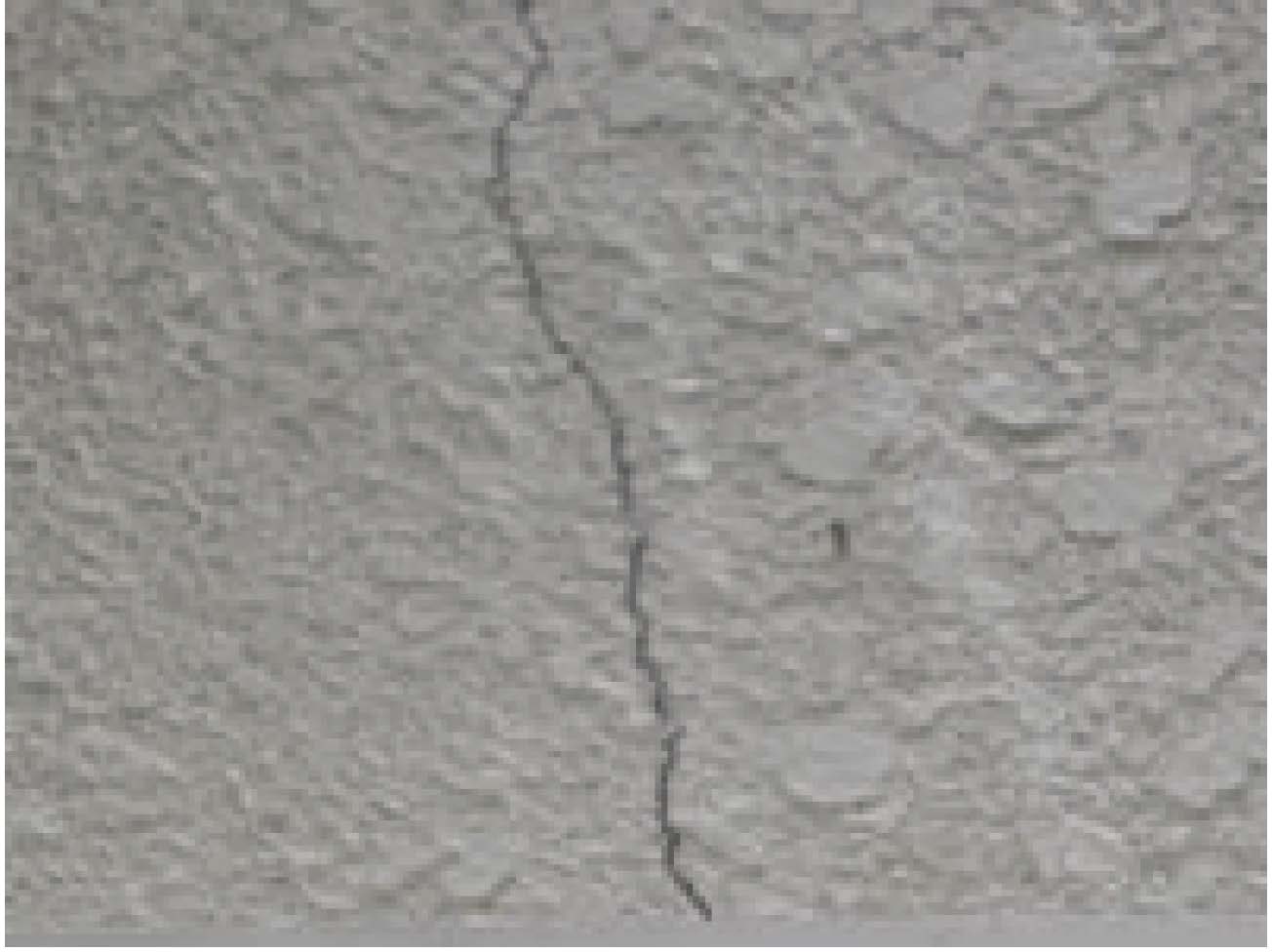
Hair cracks less than 5mm
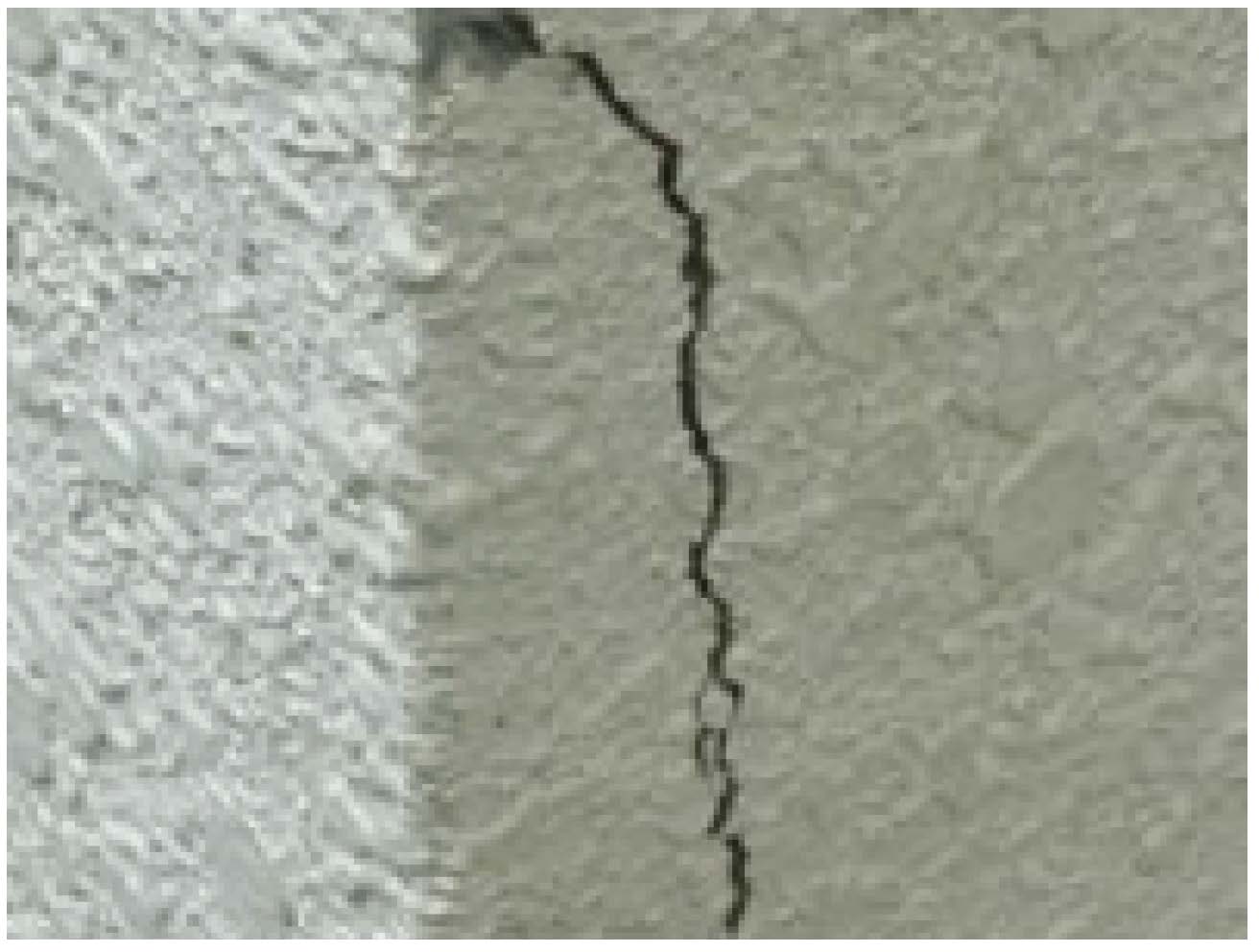
The caulking deteriorated and water seeped in, causing frost damage.
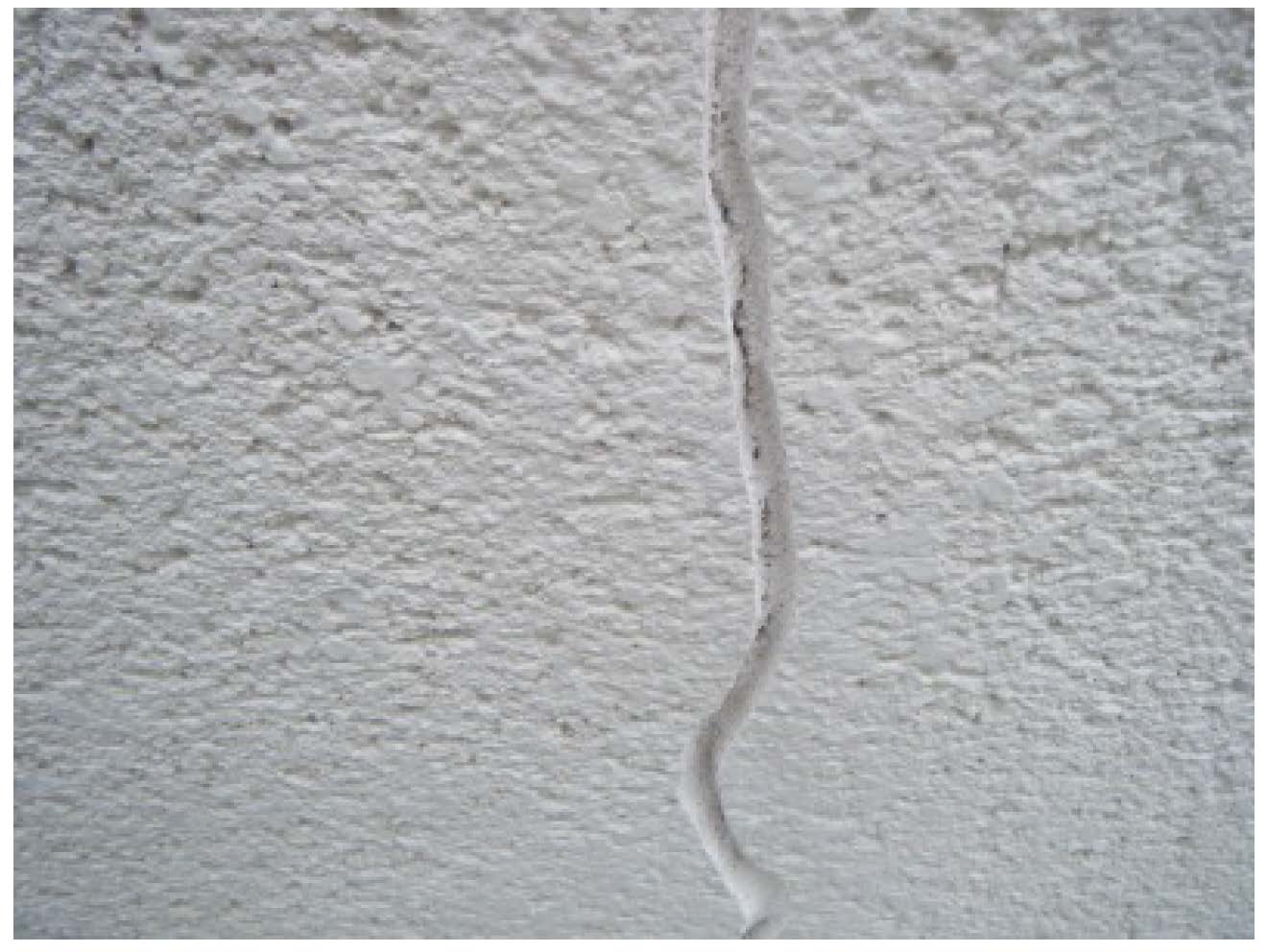
Severe cracks will need to be repaired using the V-cut method.
Early detection and early treatment of cracks
This is the same as tooth decay.
If you go to the dentist when you feel a little bit of pain, cavities can be quickly cured, but if you ignore the symptoms and ignore the symptoms, thinking, ``If the damage is this bad, it's too bad,'' the treatment will become more extensive. Early detection and early treatment of illnesses in your home is important to avoid spending as much money on treatment as possible. Try to find out if there is a crack in the wall. If there are many cracks larger than 0.5 mm, early treatment is recommended.




